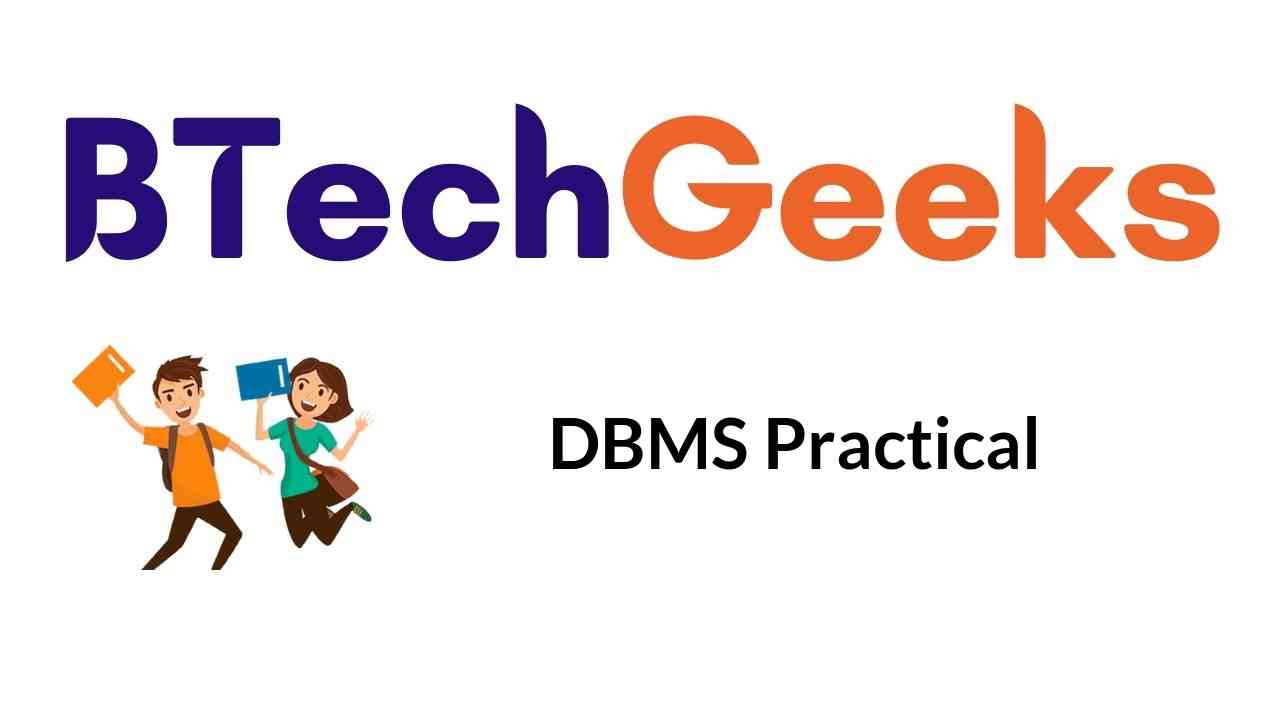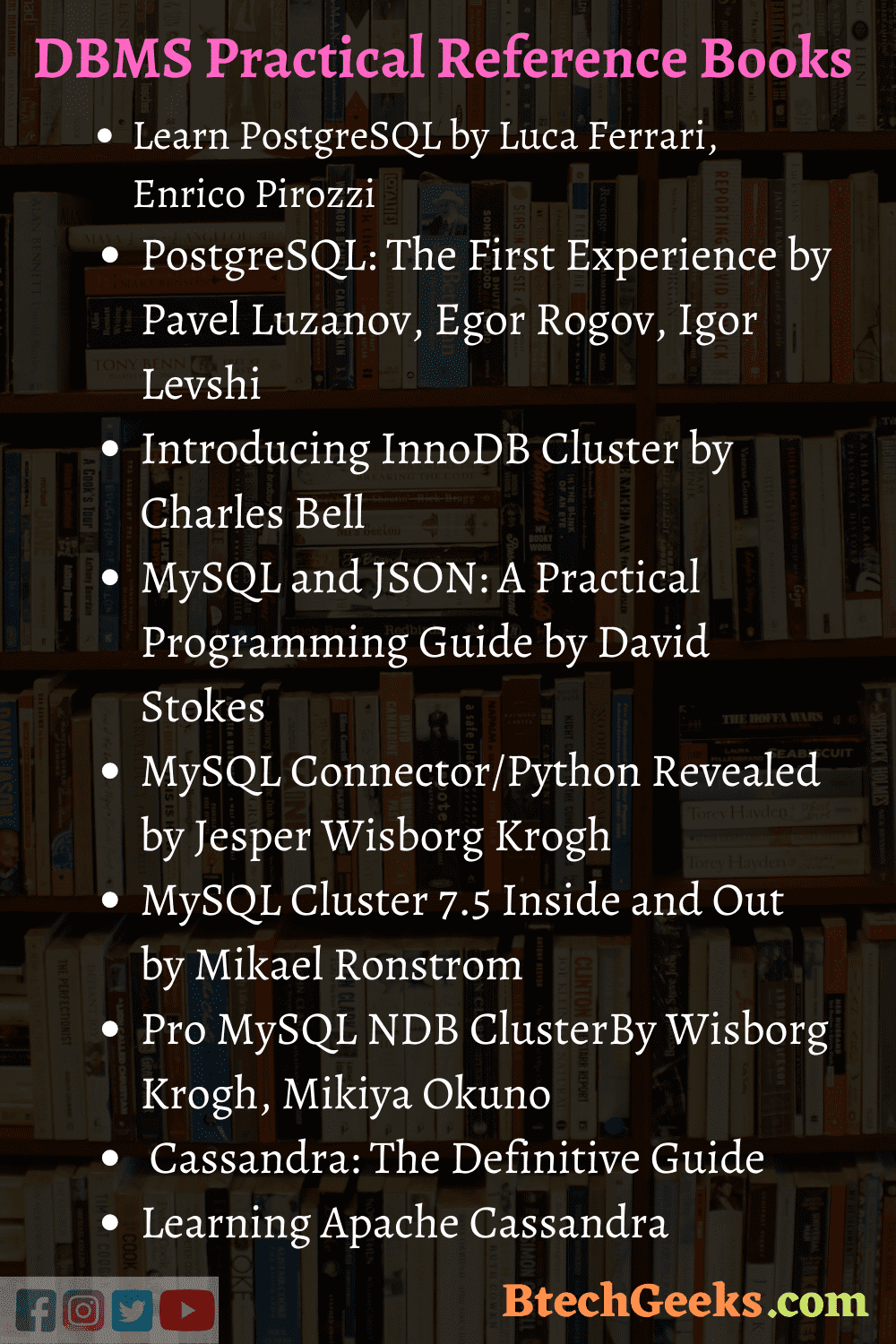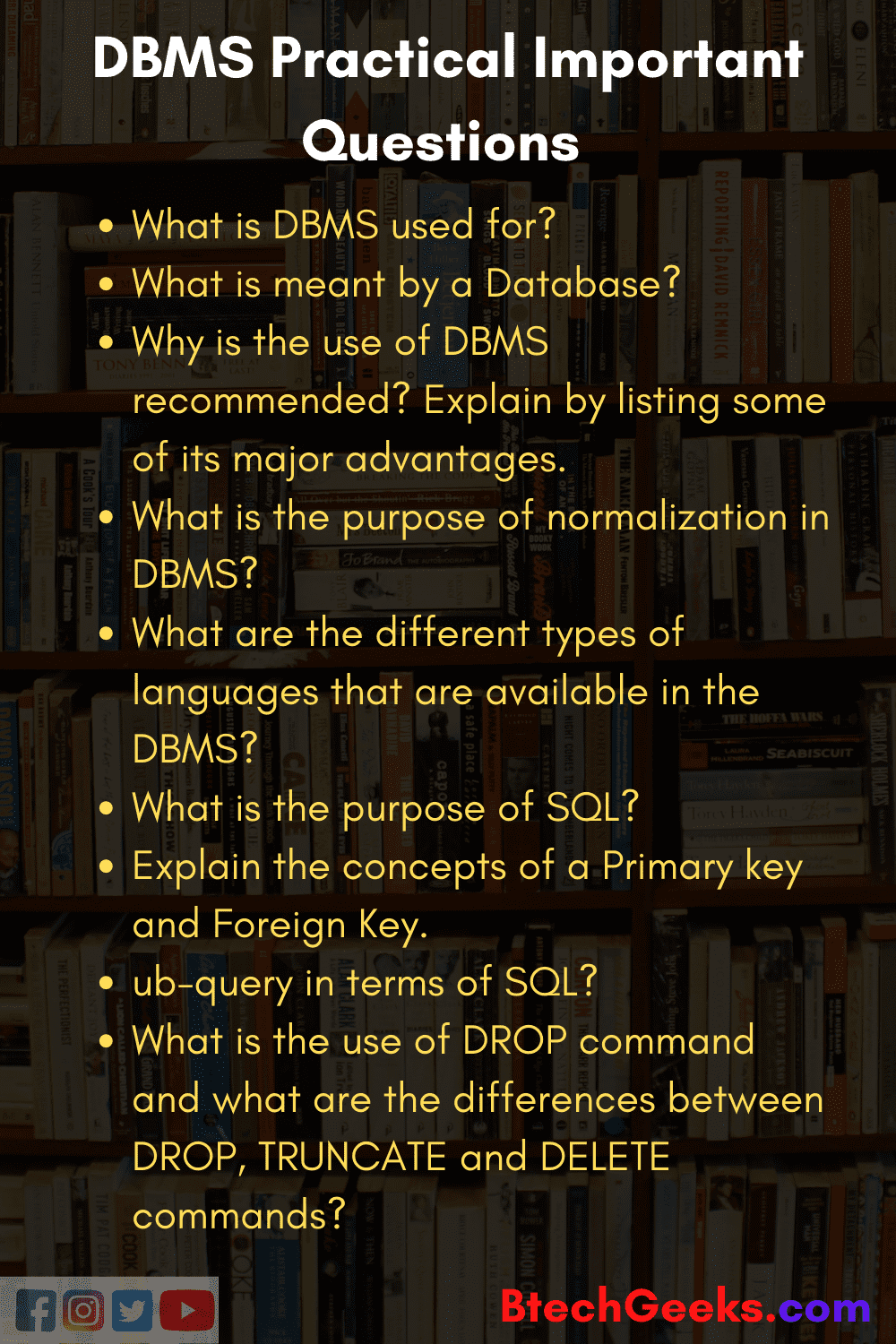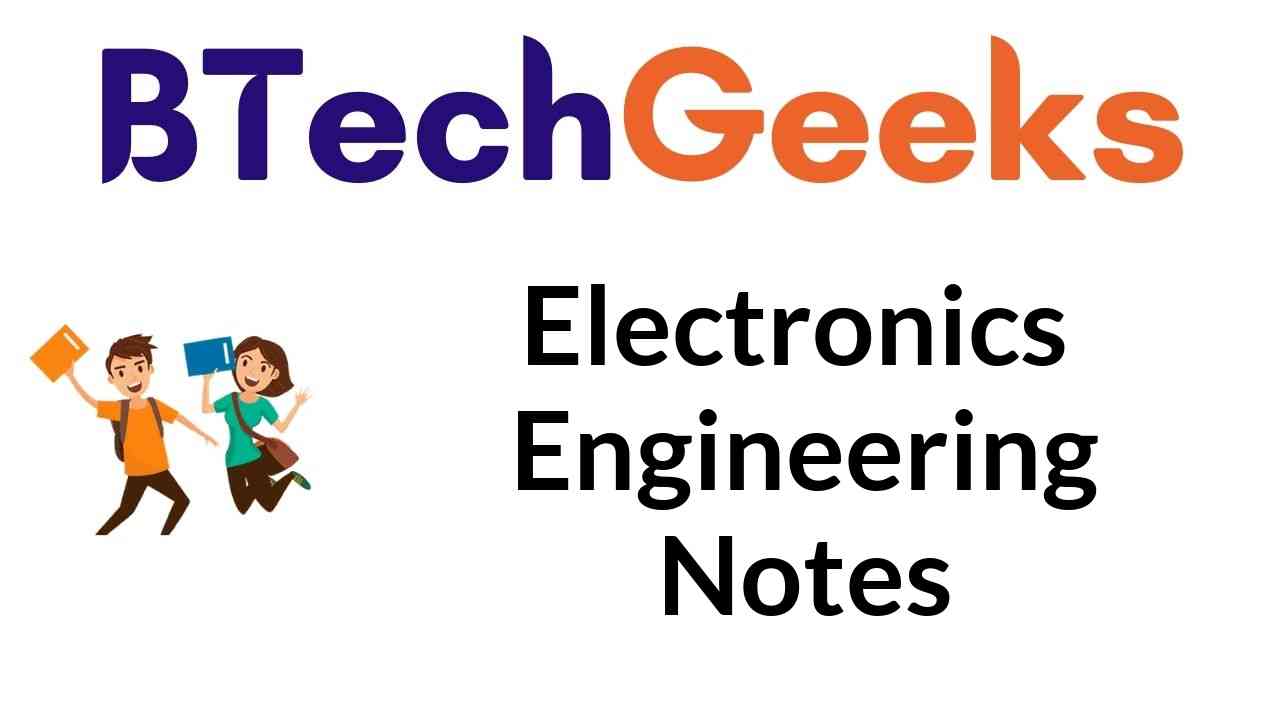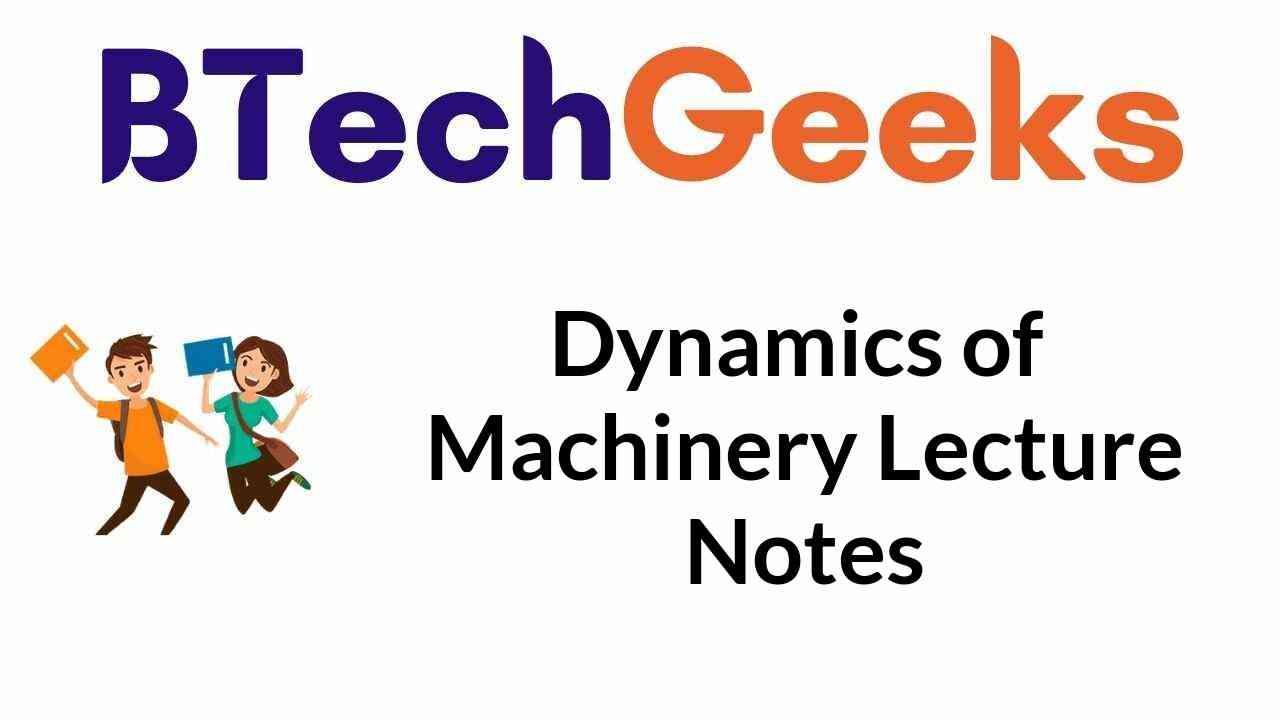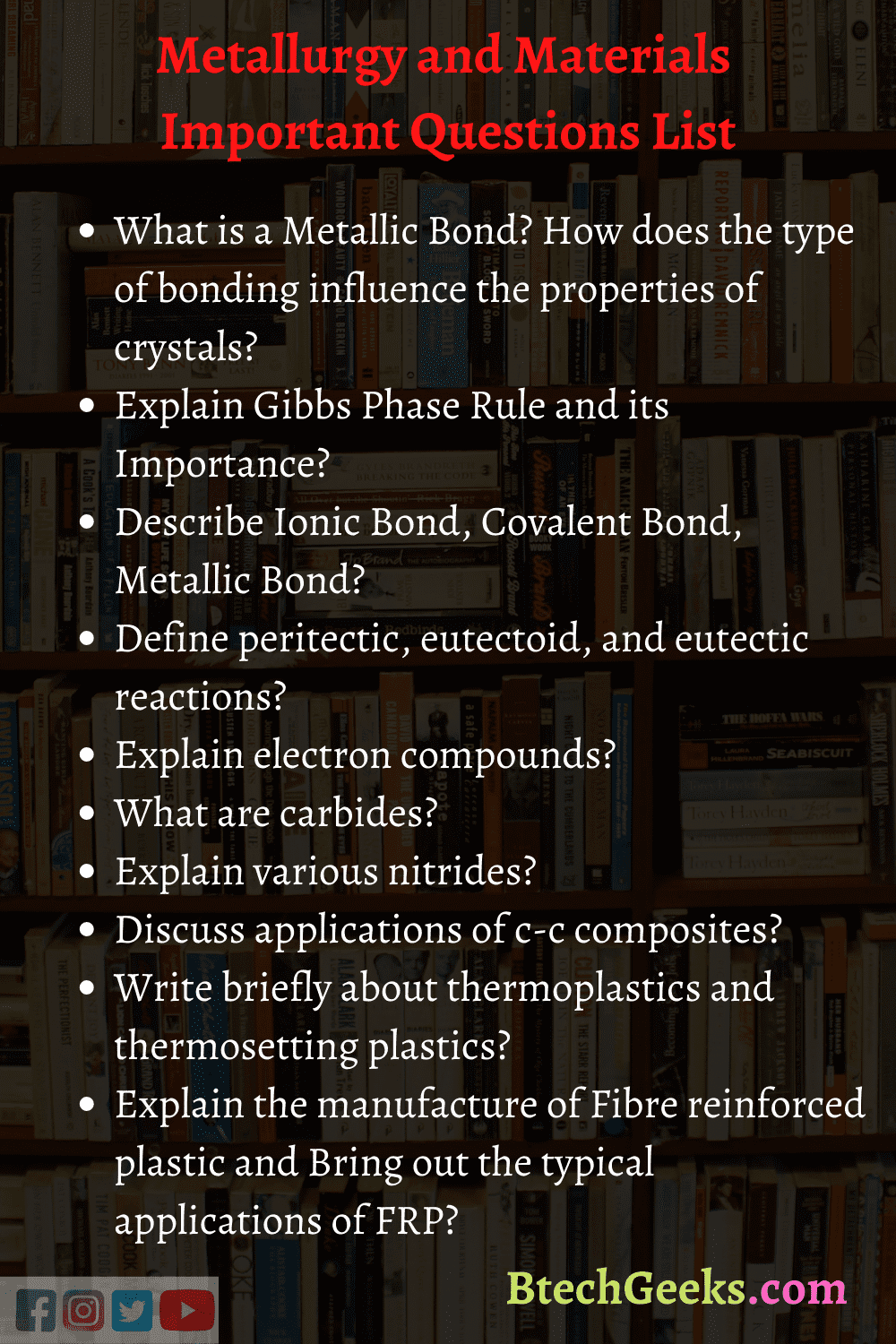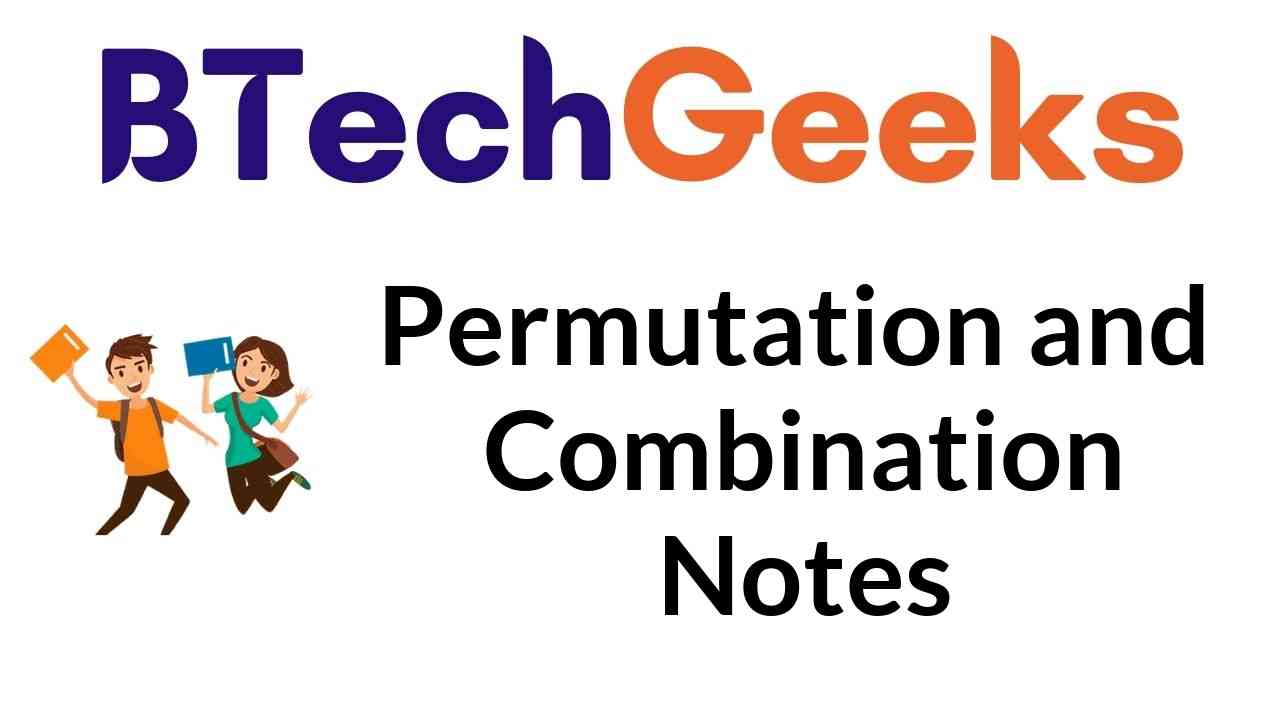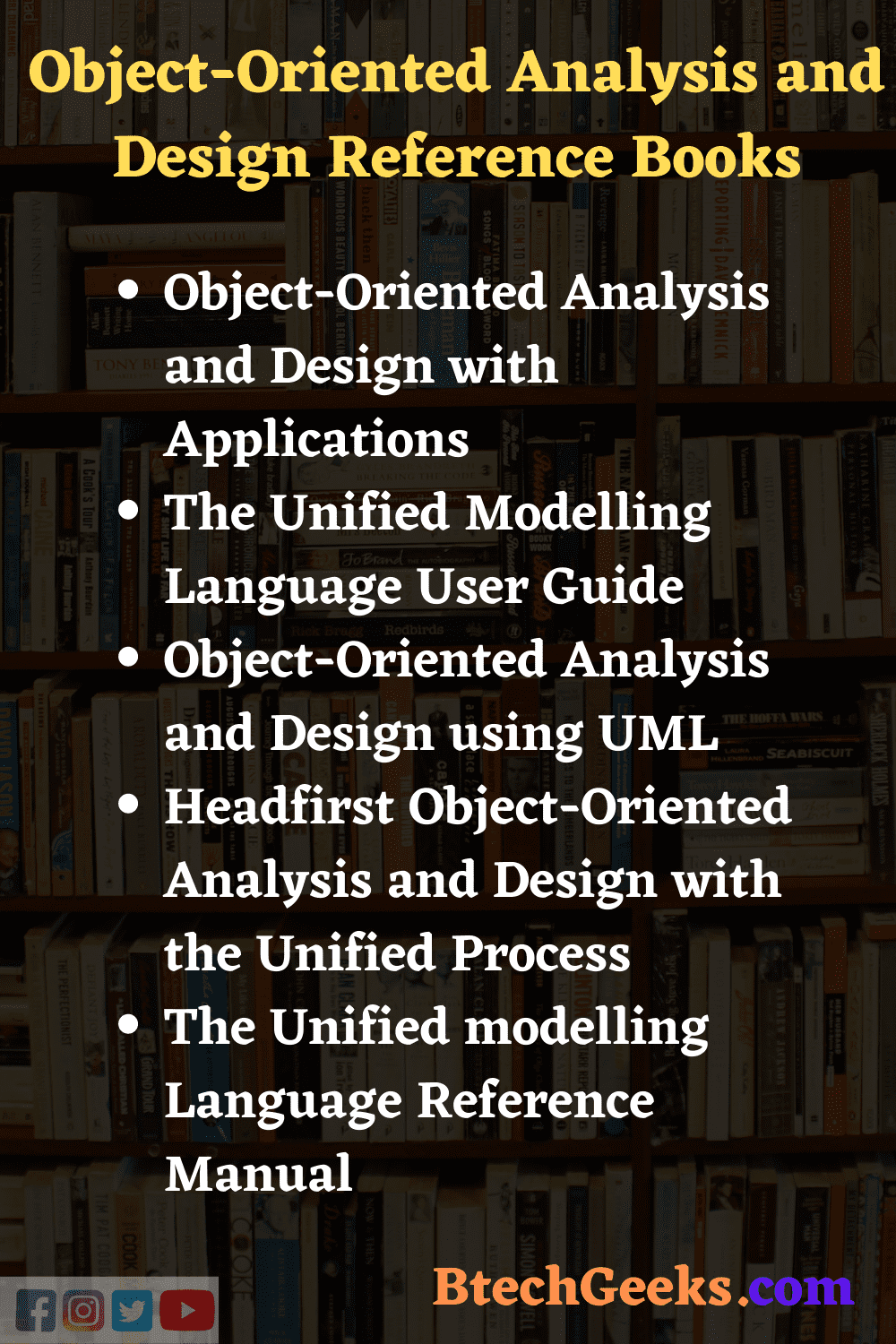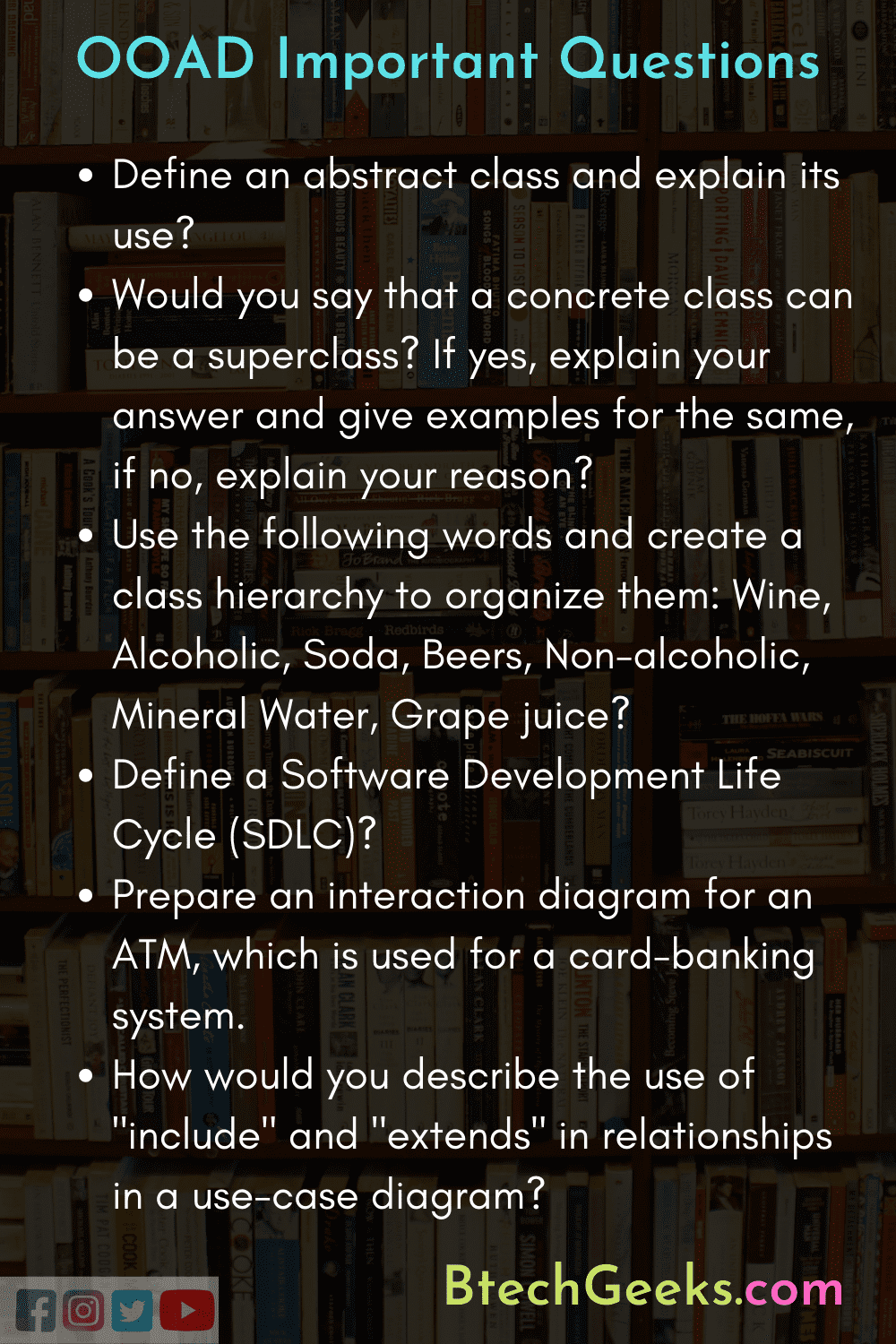B.Tech Third Year Notes PDF Free Download: Aspirants who are going to graduate in Bachelor of Technology Courses like CSE, ECE, EEE, IT, Civil, AI, etc. can look for experts written Lecture Notes and other preparation resources from BTech Geeks. Make the most out of these Study Materials & Notes to crack the semester exams with high scores & become a topper of the institute or university.
Apart from this, we also enlist some of the important study resources like Reference Books recommended by experts, and the Review Questions list for BTech Third Year Graduates. These two study resources aid your preparation effectively. Have a glance at the below-provided links and get CSE, ECE, IT, AI, ME, EEE, Civil & other courses Third Year BTech Notes Pdf, Syllabus, Important Questions List, Suggested Books List for better preparation.
- BTech III Year V & VI Semester Subject Notes PDF Free Download – (All Branches)
- Bachelor of Technology III Year Branch-wise Latest Syllabus List
- BTech Third Year Branch-wise Subjects Reference Books List
- Important Review Questions List for All Branches BTech 3rd Year Graduates
- FAQs on Lecture Notes for BTech Third Year CSE, ECE, IT, EEE
BTech III Year V & VI Semester Subject Notes PDF Free Download – (All Branches)
Candidates studying B.Tech Third year of any course can use these available links below to download the lecture notes for all subjects within no time & make use of them during exam preparation. Indeed, go with these Study Materials, subject Notes prevailing here to have a better understanding of concepts. Ensure that you answer the prevailing Btech III Year Review questions here so that you can know your strengths and weaknesses. Practice with the ultimate tools of preparation and make the most out of these.
- B.Tech Third Year Computer Science Engineering(CSE) Notes PDF
- B.Tech III Year Electronics and Communication Engineering(ECE) Notes PDF
- B.Tech 3rd Year Electrical Engineering(EEE) Notes PDF
- B.Tech Third Year Civil Engineering Lecture Notes PDF
- B.Tech III Year Mechanical Engineering Notes PDF
- B.Tech 3rd Year Information Technology(IT) Notes PDF
- B.Tech Third YearMetallurgical Engineering Notes PDF
- B.Tech III Year Petroleum Engineering Notes PDF
- B.Tech Third Year Instrumentation Engineering Notes PDF
Bachelor of Technology III Year Branch-wise Latest Syllabus List
The first step in preparation is to gather the semester Subjects & their Syllabus and we have eliminated that burden for you. We tried providing Btech 3rd Year Syllabus over here for a few important branches. So, check out the Syllabus before you start planning your preparation strategy and then learn the III year semester subjects accordingly.
Being familiar with the topics under each unit and then learning the concepts helps to ace up your preparation. Also, B. Tech 3rd Year Students can make use of the branch wise updated & revised Syllabus prevailing to score more marks. So, Plan your preparation strategy as per the Latest and Updated Btech Third Year Unit-wise Syllabus.
| Branch Names | Semester | Subjects |
| CSE | SEMESTER-V |
|
| SEMESTER-VI |
|
|
| ECE | SEMESTER-V |
|
| SEMESTER-VI |
|
|
| IT | SEMESTER-V |
|
| SEMESTER-VI |
|
|
| EEE | SEMESTER-V |
|
| SEMESTER-VI |
|
BTech Third Year Branch-wise Subjects Reference Books List
Engineering students who are appearing for their BTech 3rd Year Semester Exams can make use of these textbooks & the best Reference books list for preparation. The list of Btech Third-year CSE, ECE, EEE, IT, Civil Reference books suggested by subject experts is provided here to make your preparation effective and aid to gain a strong grip on the core subjects. Utilize these Bachelor of Technology III Year Notes & Reference Books study materials and learn to comprehend the subject topics in a precise way.
- John G Proakis and Manolakis, “Digital Signal Processing Principles, Algorithms and Applications”, Pearson, Fourth Edition, 2007
- S.Salivahanan, A. Vallavaraj, C. Gnanapriya, Digital Signal Processing, TMH/McGraw HillInternational, 2007
- Operating Systems: A Design-Oriented Approach, Charles Crowley, Tata Mc Graw Hill Education”, 1996
- The Operating Systems: A Concept-Based Approach, D M Dhamdhere, Second Edition, Tata Mc Graw-Hill Education, 2007
- An Introduction to Web Design, Programming, Paul S Wang, Sanda S Katila, Cengage
- Programming Perl, 4ed, Tom Christiansen, Jonathan Orwant, Oreilly (2012)
- Professional Ethics by R. Subramaniam – Oxford Publications, New Delhi.
- Software Testing Concepts and Tools, P.NageswaraRao, dream tech Press
- Foundations of Software Testing, D.Graham& Others, Cengage Learning
- Engineering Ethics by Harris, Pritchard, and Rabins, Cengage Learning, New Delhi.
Important Review Questions List for All Branches BTech 3rd Year Graduates
Refer to the prevailing list of Btech 3rd Year CSE ECE EEE IT Civil Mechanical Review Questions & gain some confidence to attempt the final sem exams and score high marks in the exams. Try preparing them without fail as they are essential in supporting you to score good marks & better subject knowledge. So, cover these Btech 3rd Year important questions list while exam preparation & be confident for the exams.
- Name five major activities of an OS with respect to process management and briefly describe why each is required.
- Write in detail about the thread libraries.
- Describe the multiplier/adder unit of the TMS320c54xx processor with a neat block diagram.
- Explain the decimation and interpolation process with an example. Also, find the spectrum.
- What are interrupts? What are the classes of interrupts available in the TMS320C5xx processor?
- What is Readers-Writer’s problem? Give a solution to the Readers-Writers problem using Monitors.
- List and explain various guidelines for Automated testing.
- What is the need for minimizing test cases in a project? Illustrate with an example.
- Which feature of Perl provides code reusability? Give an example of that feature.
- Explain hashes and classes in ruby with suitable examples.
- What do you understand by ‘acceptable risk’?
- Explain in detail – (a) values (b) ethics (c) value time (d) courage
- What is meant by ‘Whistle Blowing’?
FAQs on Lecture Notes for BTech Third Year CSE, ECE, IT, EEE
1. Where can I find the best books for Btech Third Year Courses?
Students who are pursuing Btech 3rd Year Courses can find the best books for their better preparation from BTechGeeks.com which is a reliable and trusted site for btech graduates.
2. Where can I get the BTech III Year Branch-Wise Sem-Wise Notes & Study Materials in PDF?
Candidates can get the BTech III Year Branch-Wise Sem-Wise Notes & Study Materials in PDF format through the direct links available on our page.
3. Is preparing from the Bachelor of Technology Third Year Lecture Notes is sufficient to secure max. marks?
Yes, BTech Third Year All Branches Notes can be a great source of preparation for the exam. Also, refer to the other textbooks or reference books or important questions list prevailing here for better understanding & grip on the subjects.
Summary
We hope the details provided here about BTech Third Year Notes Pdf for all courses help you a lot during your preparation and clear all your doubts regarding core subjects. If you have any queries regarding the same please comment here & we’ll get back to you with the possible solutions at the earliest. Stay connected with our site BtechGeeks.com and find all year’s Btech Notes for all courses within no time.

